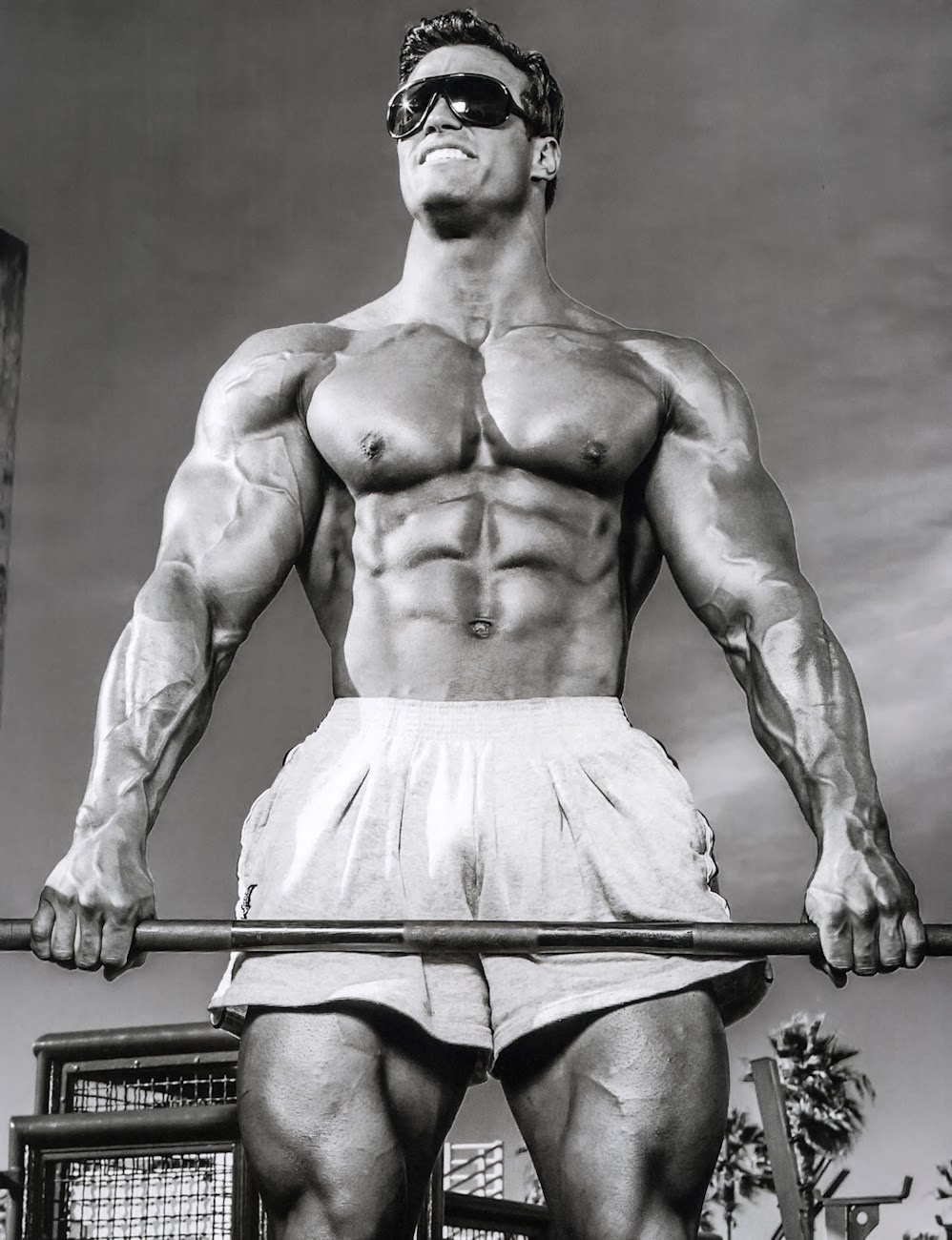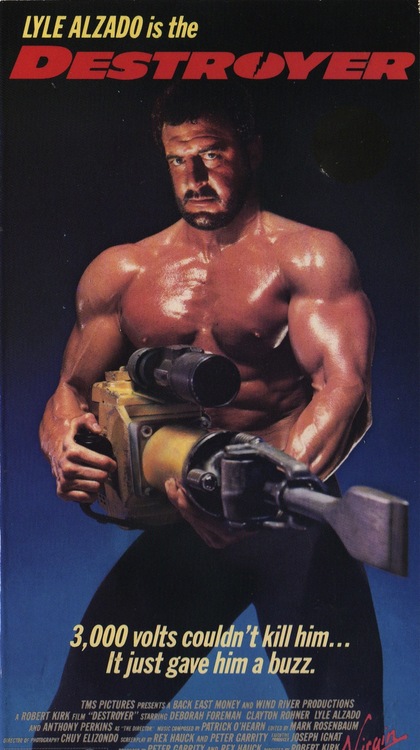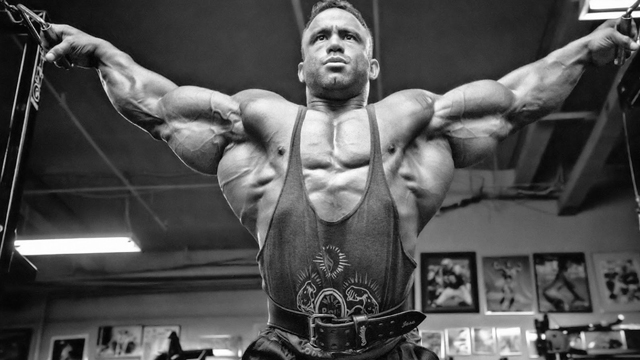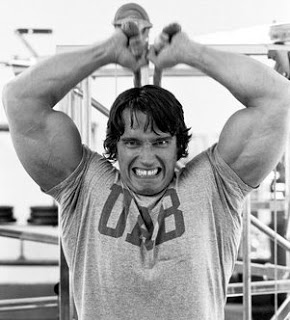I’m jealous of young lifters.
The average 20-something starting his or her lifting journey couldn’t have arrived at a better time.
Quality information is readily available. The best of it is absolutely free and accessible 24 hours a day. You don’t even need a computer to read it — thanks to smart phones you can have it in class, on the bus, even in the bathroom, if you’re the multitasking type.
Us older guys? We weren’t so lucky, as evidenced by my stack of early 90’s muscle magazines currently growing spores somewhere in my storage locker.
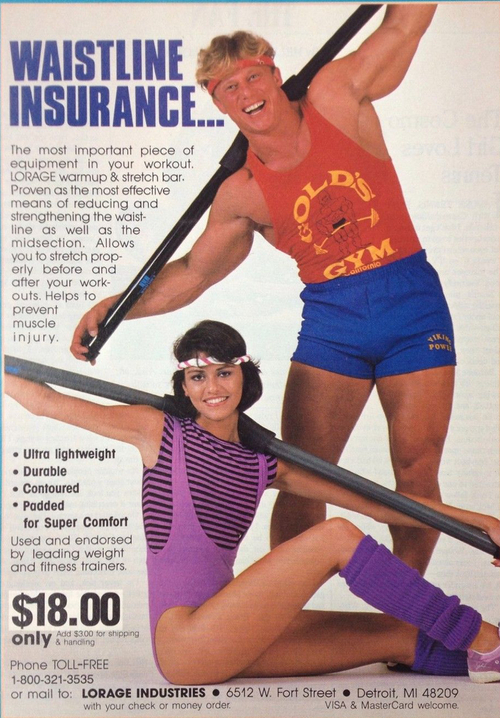
All this great info is seemingly sinking in.
Walk into even the most pastel-colored commercial gym and you’ll see young guys doing dynamic warm-ups. They balance pushing and pulling. They train their legs, even hamstrings and glutes. They deload, unload, and have apps to track their workouts, macronutrient intake, and HRV.
In short, they make the last generation of lifters look like fumbling, hairy-knuckled Geico cavemen.

Still, for all their knowledge and advanced training protocols, many guys gloss over some of the forgotten or even “wrong” things gym rats did 20 years ago. As such, they’re inserting their swelled heads into their own behinds. Cause they’re leaving pounds of muscle on the table.
We Did Last Set Best Set
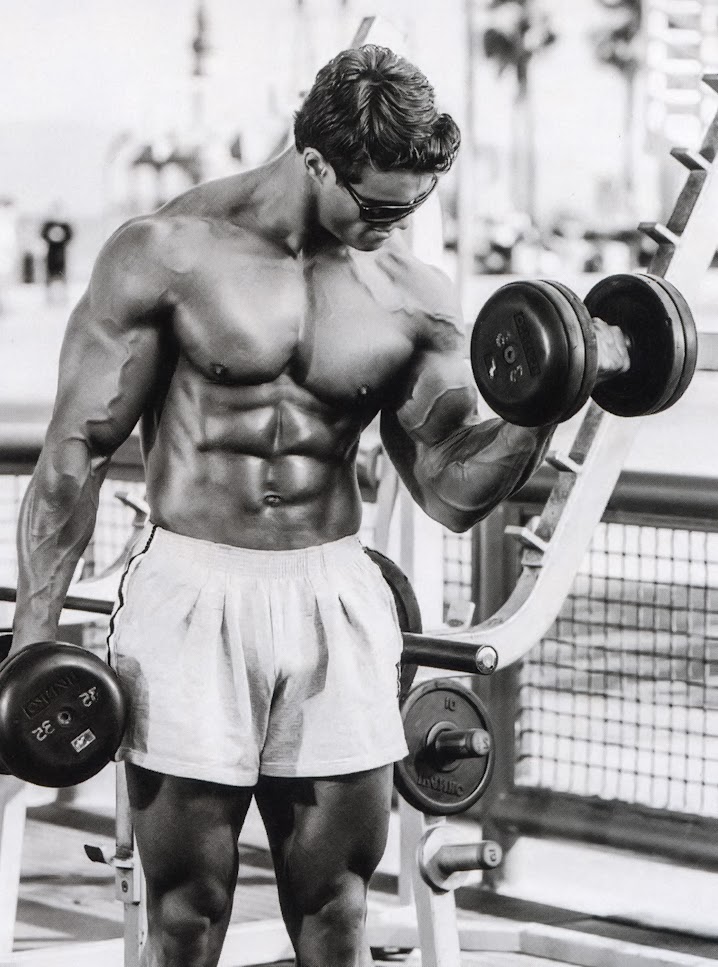
Never train to failure is the New Rule of lifting. It’s good advice, especially for strength. Taking sets past failure can be grossly counterproductive from a strength building standpoint. It greatly increases the risk of injury, is highly stressful to the CNS, and can quickly lead to burnout.
In fact, one of my favorite modifications to 5/3/1 (we all modify it, much to Wendler’s chagrin) is to ditch the last “balls out” final set and only get the required reps in. By doing so, I can run 5/3/1 for longer without plateauing.

However, that doesn’t mean training to failure doesn’t have its place in a hypertrophy program. Used judiciously, training to failure or even well beyond can be a highly effective size technique.
Here’s the deal. First, don’t take your big lifts to failure. They’re called big lifts for a reason. They have a marked effect on your nervous system, so respect them.
Program your benches, squats, and deadlifts intelligently and hit your required numbers whether it’s 5, 3, 1 (or even 2 or 4, the bastard step-children of strength training programs). Perform each rep with controlled eccentrics and explosive concentrics. When you can’t maintain that form the set is over — but not the workout.
During the accessory work is where you bring the pain. However, not every set, only the last set, and you should take it to the House of Pain, meaning to concentric, eccentric, and isometric failure (or, “when you shit a kidney” for you less genteel types)
The idea is to hammer every last muscle fiber, giving the muscle some serious rebuilding to do, so you come back bigger and stronger. But since it’s not a “big lift” — and you’re not doing it every set — the risks of injury and overtraining are mitigated.
My favorite techniques are drop sets or “running the rack” (works great with dumbbell exercises), partial reps, and mechanical advantage sets, such as going from a reverse curl to a barbell curl to an eccentric-only barbell curl. Forced reps can also be done but be careful. As Franco Columbu said (another old guy), the best forced reps are done on your own.
We Bombed Weak Points

When I was 17, I got Arnold Schwarzenegger’s Encyclopedia of Modern Bodybuilding for Christmas. In it the Oak says that to bring up his “lagging” rear delts, he kept a dumbbell under his bed and did lying one-arm rear delt raises as soon as his eyes opened, no doubt to the discomfort of whatever gym tart he happened to be snuggled up with.
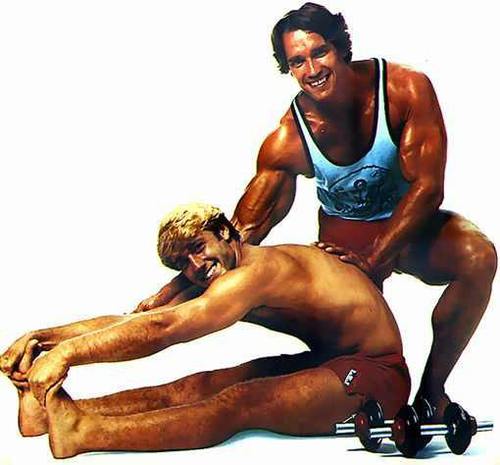
Now, he didn’t say “every 5 days” or “every 3 days” or “every day when his HRV matched his rectal temperature.” He said every day.
Being young and naïve, we took that inspiration and ran towards the wrong end zone. We followed some truly ridiculous splits (chest and arms every Monday, Wednesday, and Friday) when we should’ve just focused on getting stronger on the basic lifts.
However, within that hard lesson was a kernel of wisdom. Once you’ve developed a base, your weak points become evident. And more often than not, your weak points need to be trained not only harder, but also more often than your other body parts. Maybe even every day.
Today this type of “bro-science” drives the keyboard experts bat-shit crazy. I just read an article on daily grip training from an accomplished powerlifter. The first comment was a young guy calling out the author for recommending so much grip work, saying that type of frequency “would never work.”
The author pulls 800 pounds and has forearms like bowling pins. The poster, about 165 pounds soaking wet, looked like he couldn’t open a jar of peanut butter without using vice grips much less deadlift 400.

Of course, not every weak point warrants daily training, though it likely will require a specialization approach of some kind. Which is a fancy way of saying an “unbalanced program,” another thing that freaks out the smart kids in the class.
Before you scream “you’re doing too much pushing!” take a step off the ledge and think. Your physique is already unbalanced. A balanced program likely won’t remedy that. Neither will continuing to do what you’ve be doing. In short, you need to blitz your weak point without driving the program’s total volume into the stratosphere.

Here’s the smart way to do it. Pick one weak point and hit it with the kitchen sink (high frequency, high volume, various intensity techniques) for 4 weeks while cutting back the volume of everything else by at least 25% below baseline.
After 4 weeks, return to baseline training but reduce the volume of the weak point you just prioritized to 25% below baseline for a few weeks. You need the reduced volume after a specialization phase for supercompensation to take place.
Follow this with standard “balanced” programming or prioritize another weak point using the system above. Just don’t hit the same bodypart back to back phases. Pick something else. That said, if you have too many weak points to choose from and have trouble deciding, there’s a lesson there too. You’re not ready for specialization training. Stick with getting strong in the basics.
We Experimented
Lifters today want the The Perfect Program, as long as it contains squats, deadlifts, and bench presses — and lots of them.
They’re called the Big 3 for a reason and if you’re a powerlifter you’d be a damn fool not to perform them. For bodybuilders, however, it doesn’t have to be so cut and dried.
The biggest roadblock in building muscle is adaptation. You won’t grow by exposing your body to a stimulus it’s accustomed to, much like how your prized Penthouse College Girls edition from 1987 failed to deliver a response once you “discovered” the internet.

As such, bodybuilders need variety to grow. Even the “perfect” program, brought down from Mount Olympus by the great Guru du Jour will eventually stop working. Which is when you need to change shit up.
We knew this back in the day, and as such practiced “muscle confusion,” or changing exercises on the fly every workout. I credit the advisory board at Weider University for teaching me this “principle” and truthfully, it’s one of the dumbest things you can do. The body never has a chance to even start to adapt. Every workout delivers the same results as the first day of any new program, namely Sweet Dick All.
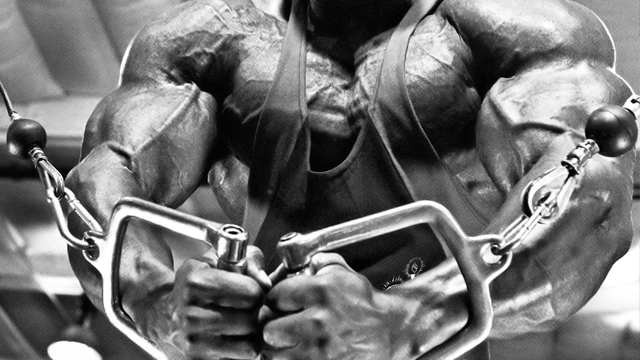
However, what this no-program programming did grant us was freedom. We ditched exercises we didn’t feel or didn’t deliver a pump. Some guys swore by the bench press while others felt it in their triceps or shoulders. So they switched to dumbbell presses. Or machine presses. Or dips. Or flyes. No exercise was sacred as they were only tools in the shed, not our raison d’être.
If you aren’t feeling a movement or it bothers you and it’s not an integral part of your sport (i.e., you’re not a powerlifter) then dump it. You have alternatives.
Old School New School
Today the average kid lifting for two years “knows” a lot. More than even a seasoned vet did 20 years ago. Unfortunately, with “book smarts” often comes hubris.
Back in the day we may not have known anything, but we did do a few things right. If you aren’t making progress, maybe it’s time to take a serious look at the past.

